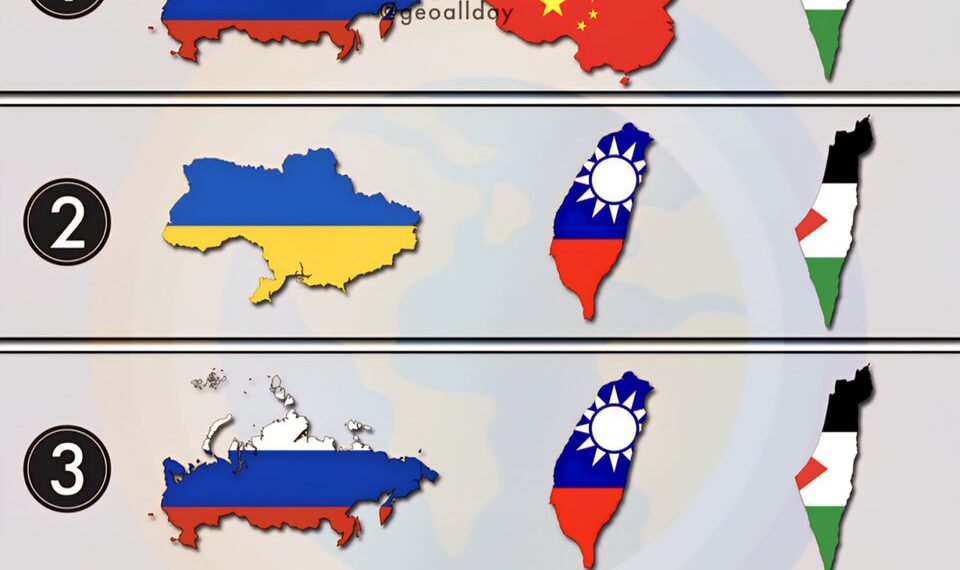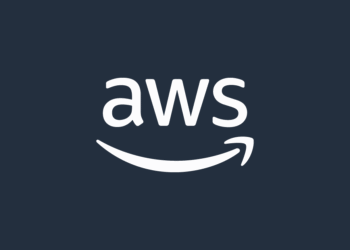Select Language:
Which Side Are You Picking? A Closer Look at Today’s Divided World

1. The Growing Polarization in Society
In 2025, society continues to be sharply divided along various lines—political ideologies, cultural values, and economic beliefs. The intensity has reached new heights, with social media platforms amplifying these divisions. From heated debates about privacy and surveillance to differing opinions on climate change, people are increasingly choosing sides. This polarization isn’t just ideological; it’s emotional, often fueling conflicts that spill over into real-world interactions.
2. Technology’s Role in Deepening Divides
Advances in AI, data analytics, and social media algorithms have been instrumental in creating echo chambers. Platforms like Twitter, TikTok, and Facebook tend to show users content that aligns with their existing beliefs, reinforcing their viewpoints. As a result, individuals often find themselves in ideological bubbles, making it harder to understand or even tolerate opposing perspectives. This technological divide complicates efforts towards unity and poses a challenge to civic discourse.
3. Global Conflicts Reshaping Alliances
Internationally, the geopolitical landscape is evolving rapidly. Countries are aligning themselves into distinct blocs, often based on economic interests and security concerns. The U.S., China, and Russia, for example, are leading powers in competing spheres, each supporting different alliances and policies. The Ukraine conflict, tensions in the South China Sea, and disputes over digital sovereignty are examples of global issues where choosing a side has significant consequences for national and international stability.
4. The Workplace Divide: Remote vs. On-Site
The debate over the future of work remains a hot topic in 2025. Some companies champion remote work, emphasizing flexibility and work-life balance. Others push for a return to physical offices to foster collaboration and company culture. Employees are divided—some prefer the independence of working from home, while others believe in the benefits of in-person interaction. This divide impacts organizational dynamics, employee well-being, and economic recovery post-pandemic.
5. Cultural Conflicts and Identity Politics
Cultural clashes and identity politics have gained prominence in recent years, with debates over diversity, equity, and inclusion reaching new levels. Whether it’s issues surrounding gender identities, racial justice, or religious freedoms, society often finds itself choosing sides—either as advocates or critics. These conflicts are often fueled by social media, where opposing voices clash in comment sections, protests, and legislative debates.
6. Climate Action or Economic Growth?
Climate change has become one of the most polarized topics of 2025. Some individuals and governments advocate for aggressive environmental policies, emphasizing renewable energy and conservation. Others prioritize economic growth and job creation, sometimes opposing stricter environmental regulations. This divide influences voting behaviors, corporate strategies, and international agreements, shaping the future of global sustainability efforts.
7. Ethical Dilemmas in AI and Human Enhancement
As technological innovations push forward, ethical questions surrounding artificial intelligence and human augmentation have become central debates. People are choosing sides—some see AI as an essential tool for progress, while others worry about privacy violations, job displacement, and loss of human autonomy. The ethics of human enhancement, such as neural implants and genetic editing, also divide opinion sharply, raising questions about fairness and the very essence of what it means to be human.
8. The Future of Democracy and Authoritarianism
In 2025, the world watches as democracies face challenges from authoritarian regimes. Citizens are often forced to pick sides—supporting democratic values or embracing strict governance under different narratives. Social unrest, election interference, and misinformation campaigns have amplified these choices, questioning the sustainability of traditional democratic processes and highlighting the fragile balance between freedom and control.
In a world increasingly divided, the question remains: Which side are you picking? The choices made today will shape the societal landscape of tomorrow—whether for unity or continued division.





